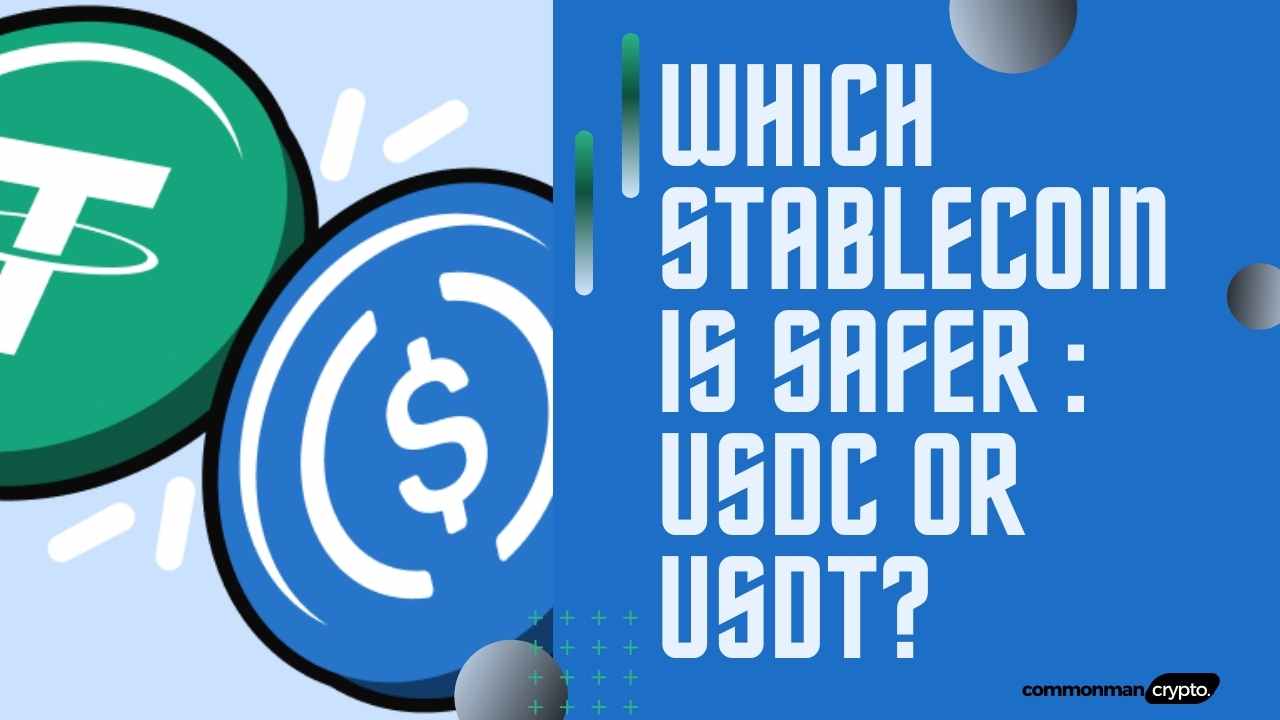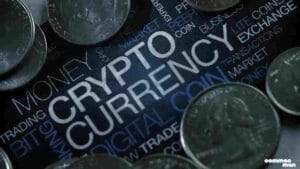In this blog post, we’ll compare USDC vs USDT by outlining their features and advantages so you can determine which stablecoin would best meet them.
Both USD Coin (USDC) and Tether (USDT), two stablecoins backed by fiat currency, have become immensely popular in cryptocurrency exchanges, wallets, and applications alike.
What Is Stablecoin?
Stablecoins are cryptocurrencies designed to maintain a constant value relative to another asset, such as fiat currency, commodities, or cryptocurrency. Stablecoins aim to offer many benefits associated with cryptocurrencies – fast transactions without borders and border restrictions at lower costs without extreme volatility and price fluctuation – without their downsides of high price volatility and price fluctuations.
Stablecoins can be used for various purposes, including trading, payments, remittances, lending/borrowing/saving.
There are various stablecoins on the crypto market, but two of the most widely-used ones are USDC and USDT, both pegged to the US dollar with reserves backing.
However, they each possess differences that could alter your decision according to your needs and preferences. If you are trying to decide which stablecoin best meets your needs, it can help you understand how each one operates.
What Is USDC (USD Coin)
USDC stands for USD Coin and is a fiat-backed stablecoin pegged directly to the US dollar. It was created and launched by Circle and Coinbase as part of the Centre consortium in 2018. USDC operates as an ERC-20 token on Ethereum’s blockchain but may also be issued on Algorand Stellar Solana or Tron.
USDC is committed to being transparent about its reserves and compliance practices, publishing monthly attestation reports from an independent accounting firm to verify that the amount held in reserve matches the number of USDC coins currently in circulation. Furthermore, it adheres to stringent regulatory standards and obtains licenses in various jurisdictions.
USDC is one of the most acclaimed and widely utilized stablecoins on the crypto market, boasting a market capitalization of over $37 billion and a daily trading volume exceeding $4 billion at the time of writing. USDC can be found supported across numerous crypto platforms and applications such as exchanges, wallets, DeFi protocols payment services, and remittance platforms.
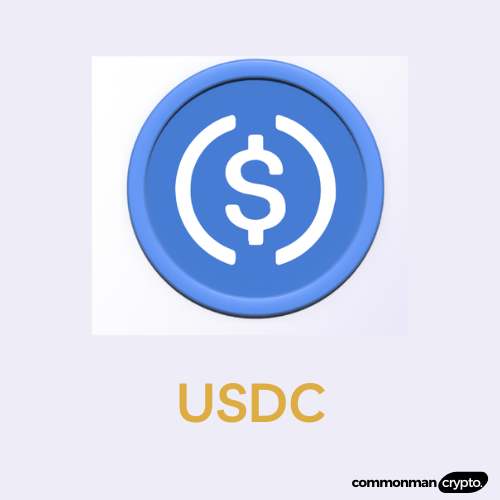
What Is USDT (Tether)?
USDT stands for Tether and is a fiat-backed stablecoin pegged to the US Dollar 1:1. Tether Limited introduced USDT as one of the first stablecoins into the crypto market in 2014.
USDT was initially issued through an Omni Layer protocol that runs atop the Bitcoin blockchain. However, since then, its issuance has expanded to other blockchains such as Ethereum, Tron, EOS, Binance Smart Chain, and Solana.
USDT does not disclose its reserves publicly, leading to accusations that its tokens do not have enough backing and have an impactful price manipulation mechanism. It has also been subject to legal disputes with regulators and authorities.
Tether Limited, however, denies these accusations and maintains full backing for its tokens. Furthermore, an independent accounting firm performs quarterly attestation reports to verify reserves held.
USDT is currently the world’s most-traded cryptocurrency, with the highest 24-hour volume, boasting a market cap of more than $74 billion at the time of writing. USDT can be found across almost every crypto platform and application today.
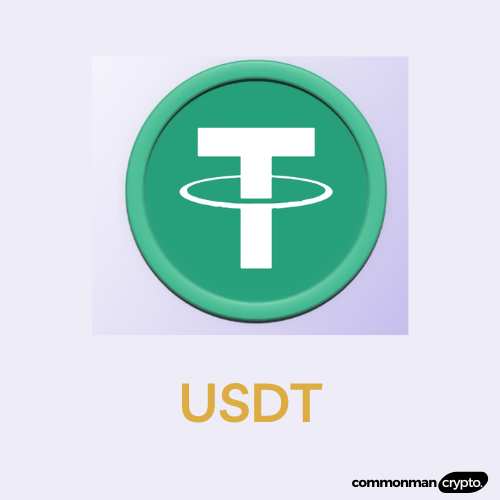
You may also like :
How to Complete the Venom Testnet Campaign and Get Free NFTs.
USDT vs USDC?
USDC and USDT are fiat-backed stablecoins pegged to the US dollar that share similar functions and use cases within the crypto market. Yet, some differences may impact your choice depending on personal preferences and requirements. Below are some main differences between them:
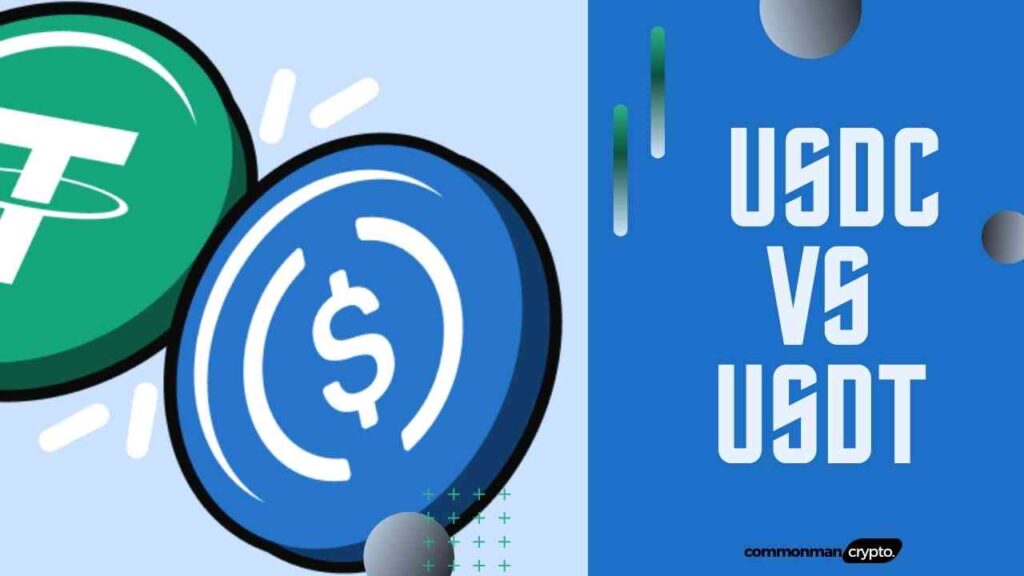
Transparency and Compliance:
USDC is more transparent and compliant than USDT by publishing monthly attestation reports from an independent accounting firm that verifies its reserves. Furthermore, USDC adheres to stringent regulatory standards while securing licenses from various jurisdictions.
USDT publishes quarterly attestation reports by an independent accounting firm to validate its reserves, though these attestation reports may need to be more comprehensive and detailed. USDT also faces legal disputes and investigations from regulators and authorities.
Adoption and Liquidity
USDT is more widely adopted and liquid than USDC, being the world’s top traded cryptocurrency with the highest 24-hour volume and supported by most crypto platforms and applications within the industry. USDC remains widely popular and used, though to a different degree, having lower 24-hour volumes and market capitalization.
Blockchain Support
USDT offers greater blockchain support than USDC; USDT can be issued on six distinct blockchains, including Omni Layer, Ethereum, Tron, EOS, Binance Smart Chain, and Solana, allowing it to be used more often across platforms and applications that utilize these different chains than with USDC.
USDC is distributed across five different blockchains – Ethereum, Algorand, Stellar Solana, and Tron. This enables it to use more modern and innovative platforms and applications than its USDT equivalent.
Due to these differences, users may prefer one stablecoin over another depending on their preferences and needs. For instance, some prioritize transparency and compliance over adoption or liquidity, while others prioritize blockchain support over issuer reputation.
There is no definitive answer regarding which stablecoin users prefer more since its choice depends on various considerations and tradeoffs.
However, USDT is more prevalent in market share, trade volume, and media coverage due to its extended history, wider adoption, and higher liquidity in the crypto market.
Remember that this does not imply that USDT is superior or safer than USDC in every aspect. Some users may still prefer USDC for its transparency, compliance, and modern applications.
Frequently Asked Questions (FAQs)
Is USDT equal to USDC?
In essence, one USDT Tether equals one USDC. And both are equal to one US dollar.
Is USDC still safe?
USDC can be seen as being secure due to several reasons, including full backing by US dollars held in reserve for each USDC token in circulation and regular third-party audits that attest to their adequacy.
Is USDC the same as USD?
USD Coin (USDC -0.0%) is a digital dollar created as part of stablecoin technology, a type of cryptocurrency pegged to another asset such as the US dollar; one USDC maintains the equivalent value to one US Dollar.
What is the downside of USDC?
Counterparty Risk: Because USDC is issued by a central organization, counterparty risk exists in its creation and could have an adverse impact on its value if either party files for bankruptcy or becomes insolvent.
Is USDC safer than USDT?
Some investors view USDC as being safer due to its more transparent and regulatory-compliant nature, with regular audits and real-time reserve reports providing assurances that it is backed by real assets.
You may also like :
What are Bitcoin ATMs? How Do Bitcoin ATMs Work? Where Can I Find Them? (2024)
What Is Bitcoin Spark? (2024)
What Are Bitcoin Puppets? & Where Can You Buy Them? (2024)
Conclusion
USDC and USDT are fiat-backed stablecoins tied to the US dollar that offer many of the benefits associated with cryptocurrency without its associated volatility and price fluctuations. They can be used for trading, payments, remittances, lending, borrowing, and savings purposes, among many others.
While USDC and USDT offer similar functions and use cases, their differences could influence your choice depending on your needs and preferences. USDC provides greater transparency and compliance than USDT, while the latter supports more blockchains than its rival.
Your choice between USDC and USDT ultimately lies within your individual preferences and needs; both may serve different functions or situations; diversify your stablecoin portfolio with additional types, such as commodity-backed or algorithmic ones.
No matter your choice of cryptocurrency exchange platform, buying and selling both USDC and USDT with credit cards or bank transfers are made simple, and you can even exchange between versions using bridges or converters that facilitate cross-chain transfers.

